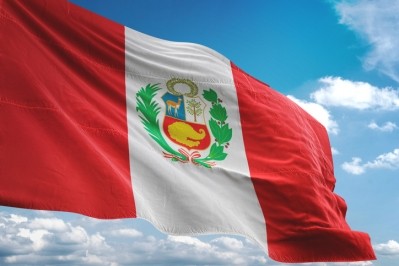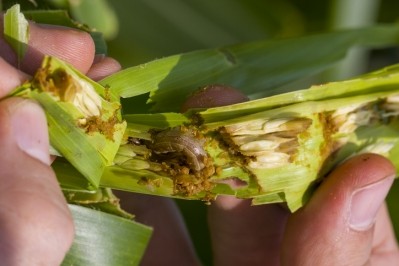Japanese trade agreements raise questions about US feed corn imports

The US Department of Agriculture (USDA) released details of an assessment on feed ingredient exports to Japan earlier this week in a report from the Foreign Agricultural Service.
Despite the impending start of new free trade agreements for Japan with the European Union and the other 10 members of the Compressive and Progressive Trans-Pacific Partnership (CPTPP), the country is not anticipated to greatly alter its imports of US corn for use in animal feed, said the agricultural specialist.
However, it could increase competition.
“The Comprehensive and Progressive Trans-Pacific Partnership (CPTPP) agreement will enter into force on December 30, 2018, and a free trade agreement between Japan and the European Union is expected to enter into force on February 1, 2019,” the specialist said. “The two agreements could bring about a limited increase in market competition for US corn products as both agreements contain tariff concessions for a range of corn products.”
In 2017, Japan imported about 15.3m metric tons (MT) of corn or corn ingredients, the USDA reported.
In both value and volume, the US accounted for about 80% of Japan’s imports and the overall market value was about $3.09bn.
“Because Japan imports a limited amount of corn from the CPTPP and the EU Member States, tariff concessions for corn under these trade agreements are not expected to significantly affect Japan’s imports,” the specialist added.
Japan has been one of the top three markets for US corn, said the US Grains Council. In the 2016/17 marketing year, Japan accounted for about 21% of the export market, coming behind Mexico.
Trade deals and US feed exports
The Japanese government has submitted a bill to approve the Japan-EU Economic Partnership Agreement, and the bill is anticipated to pass in December, the specialist said. If approved it would take effect in February.
The country also finished the procedures needed to ratify the CPTPP earlier this year, and the agreement is expected to take effect at the end of December, the specialist said.
Both trade agreements include tariffs reductions for some products, however, the tariff on corn for use in animal feed was already at zero.
“As corn is the principle ingredient for compound feed and Japan relies heavily on corn imports, tariffs are set at zero for feed,” the specialist said. “Tariffs are also set at zero within the tariff rate quotas (TRQ) established for corn for manufacturing cornstarch, for ‘feeding purposes,’ and for manufacturing corn flakes, ethyl alcohol, or distilled alcoholic beverages.”
In 2017, Japan imported about 15.3m MT of corn, with about 75% of the imported corn intended for use in animal feed, the USDA said. “Japanese corn production (excluding sweet corn) is negligible,” the department added.
There is a 3% tariff on corn “intended to be used for other purposes,” the specialist said. This corn may be slated for use in corn grits, meal or flour and Japan imported about 67,000 MT of corn of this type in 2017. The US supplied 90% by volume and 86.6% by value of that corn.
Additionally, there is an “ad valorem duty of 50% or a specific duty of 12 yen/kg” to imports of corn considered “corn not elsewhere specified” (NES), the department said. In the CPTPP agreement, this duty has been cut for specific corn products coming from Peru, but the duty is not otherwise altered.
“When the use of corn (whether for feed or cornstarch, etc.) is unknown at the time of importation, importers temporarily enter their corn under the Corn NES HS code,” the specialist said. “Because of this, trade statistics typically indicate more than one million MT of corn is imported under this category per year. However, it is believed that the majority of corn imported under this HS code is eventually re-categorized under the feed or cornstarch HS codes and subjected to the tariffs established for those codes.”
The amount of corn imported for use in feed increased from 2015 about 9.87m metric tons to 10.18m metric tons in 2017, the USDA reported.
The total amount of corn imports, other than seeds, coming from the US grew from 11.8m metric tons in 2015 to 12m in 2017.













